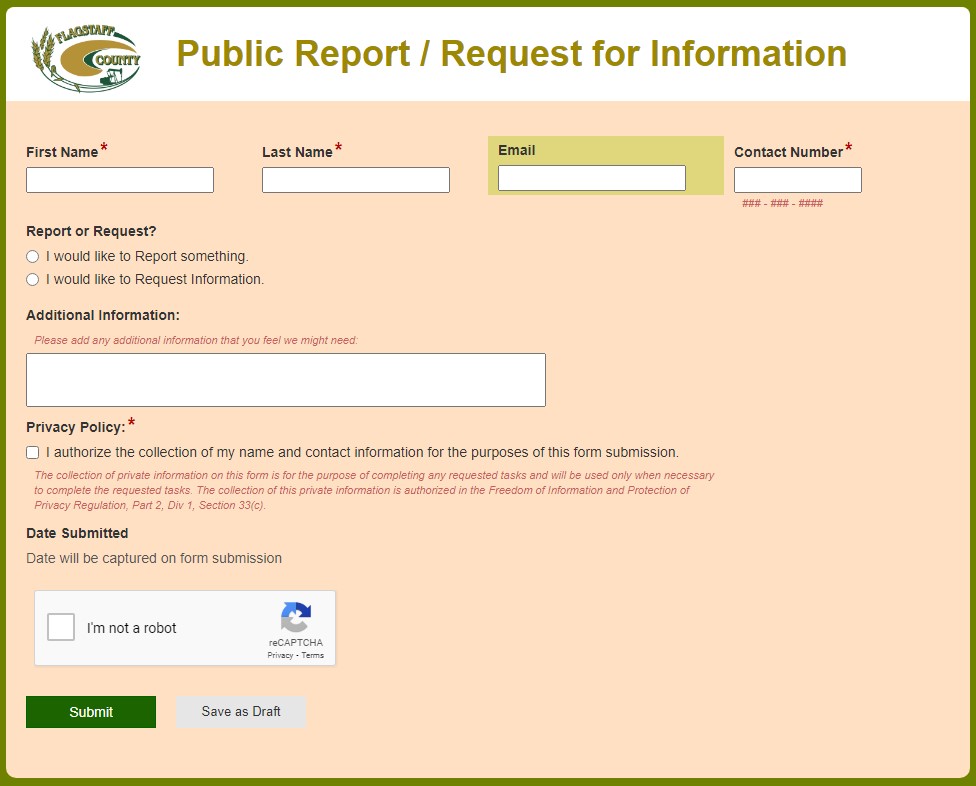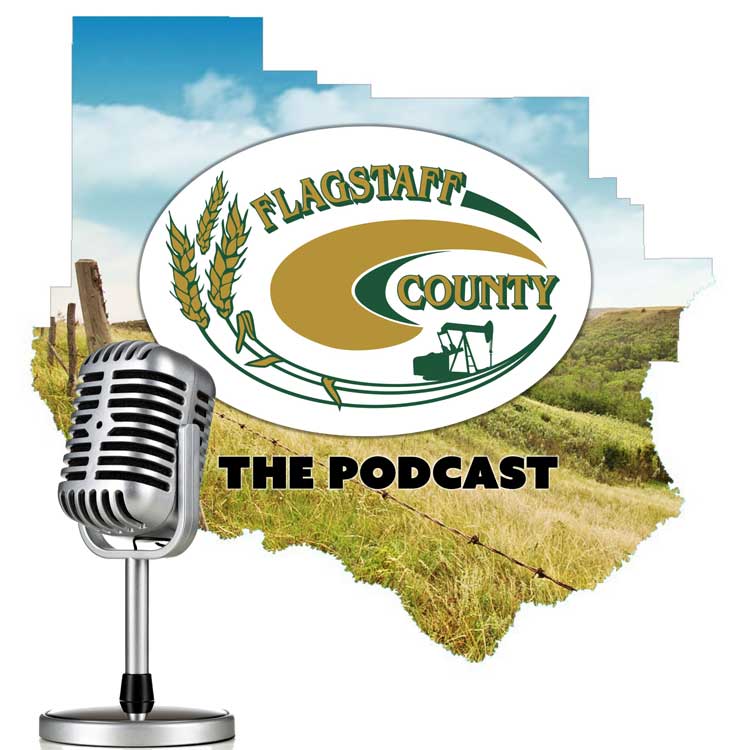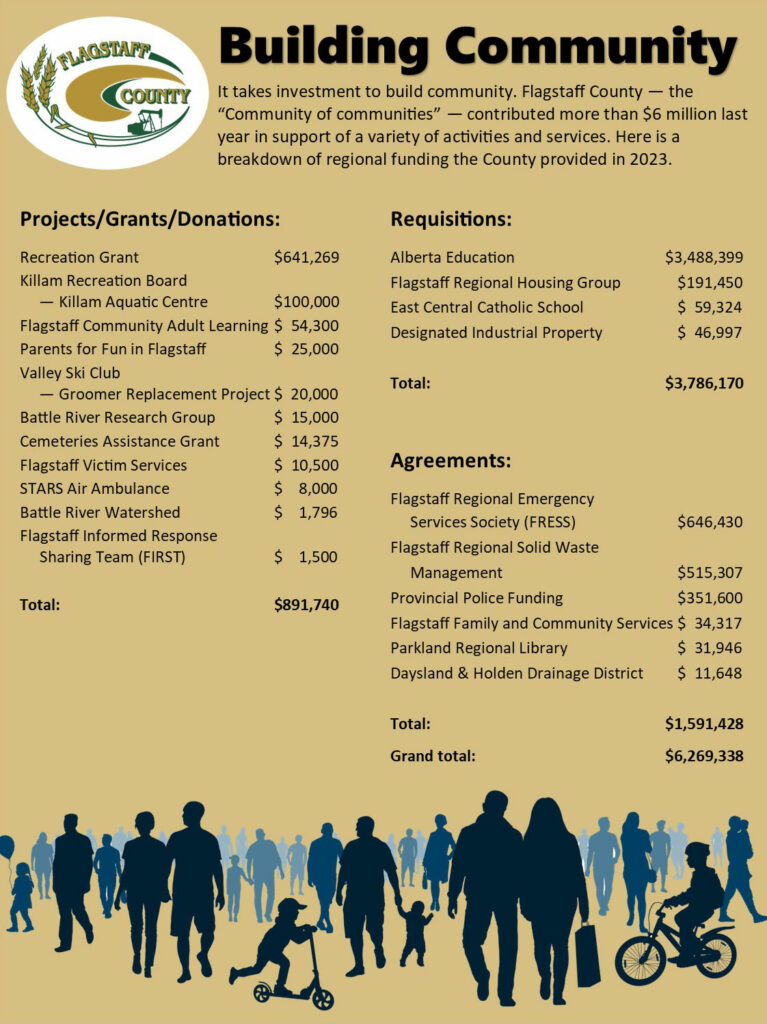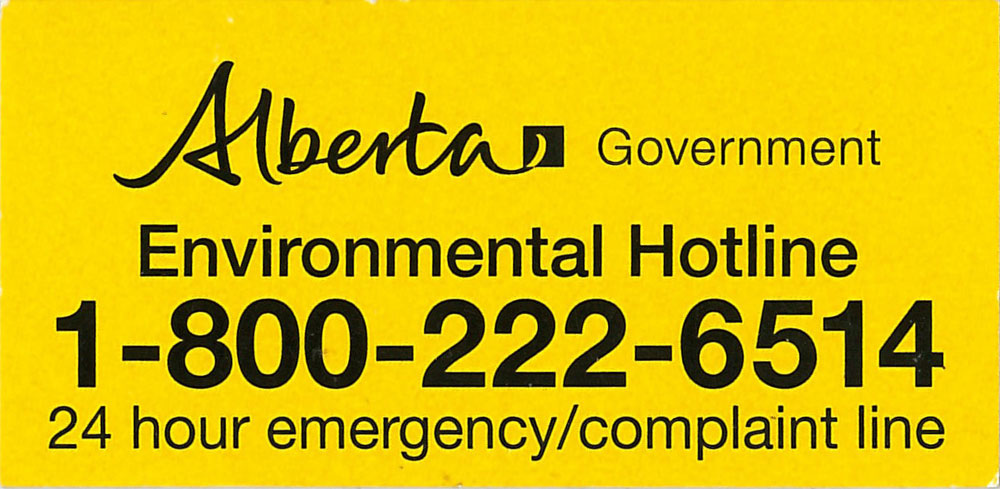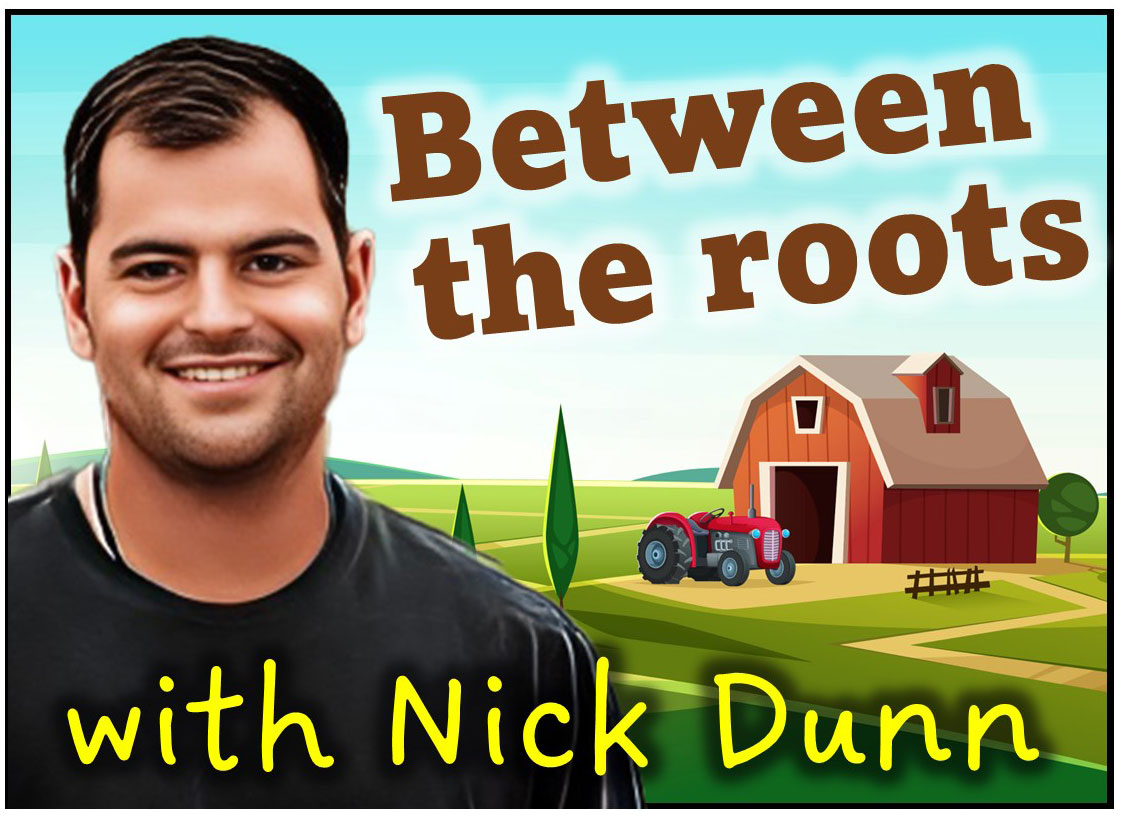
By Nick Dunn
Clubroot is a serious soil-borne disease that can’t be taken lightly; it is classified as a pest under the Alberta Agricultural Pests Act. Negligence is no way to overcome it.
Within the Alberta Clubroot Management Plan, it is the Flagstaff County Agriculture Service Board’s responsibility to conduct annual surveys to monitor the spread and resistance breakdown of clubroot. Here in Flagstaff, we are a major producer of canola, and we rely heavily on the broadleaf to fit within our crop rotations. Each year, we will conduct a survey with appointed pest inspectors throughout all 48 townships in the County. These surveys consist of four fields in each township selected at random and are surveyed with methods approved from the Alberta Clubroot Management Plan. Test samples are sent to a lab for clubroot pathogen DNA testing. If a clubroot sample is found positive, the landowner will be notified by the Agricultural Fieldman through a Notice to Control Pests and all adjacent landowners will be notified of the infestation as well. The main restriction within the notice is that the producer must keep the infected field free from brassica family plants due to their host ability. This includes mustard, cabbage family vegetables, and even some weeds that can be a host such as stinkweed and shepherd’s purse.
The original source of clubroot is unknown. During the 1970s, in the Edmonton area, the disease was first identified within small gardens, and in 2003, everything changed. It was reported that the first field of clubroot was detected in Sturgeon County, and this proved that we had failed to implement the best management practices right from the start. It has since evolved and spread, making an economic impact on our mustard production system, affecting the yield, quality and in extreme cases, causing crop loss.
Clubroot is spread through resting spores within the soil; on a single lateral canola root, one gall can be loaded with up to 2 million spores and can survive for up to 20 years. The main methods of spreading are through machinery, soil and water erosion, wind, and even seed dust. What scares me the most are custom applicators. One piece of machinery spread over various land locations and landowners could lead to the expansion of it across their areas, causing a snowball effect in a relatively short period. It is hard to detect clubroot without getting your hands dirty and pulling plants for root inspection. Looking at the crop canopy. If you notice patches of discoloration or delayed maturity that is like drought stress, other disease infestation, or nutrient deficiency, you should consider further scouting and testing.
So, what can we do about it? The best management practice is sanitization. This is a laborious method, but effective. I’ve been told that it is not possible to wash equipment after use, but it is possible, and we see this within the oilfield industry. If we know we have it, and its lifespan is 20 years, it might be in your best interest to sanitize coming out of that field. The other practice we can use is growing multi-genetic clubroot-resistant varieties and incorporating a one-in-four-year rotation.
Not only has clubroot evolved, but so has the science behind it. Take this into consideration when it comes to variety selection. Other ways to mitigate the spread are minimizing vehicle traffic, avoiding the use of straw, direct seeding, monitoring, and using new approaches.
Nick Dunn is Flagstaff County’s Agricultural Fieldman. He can be reached via email at: ndunn@flagstaff.ab.ca or by phone at: 780-384-4138.





